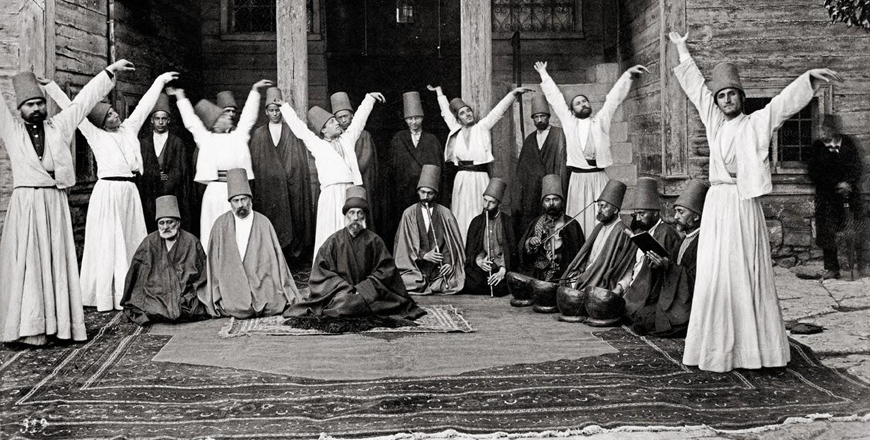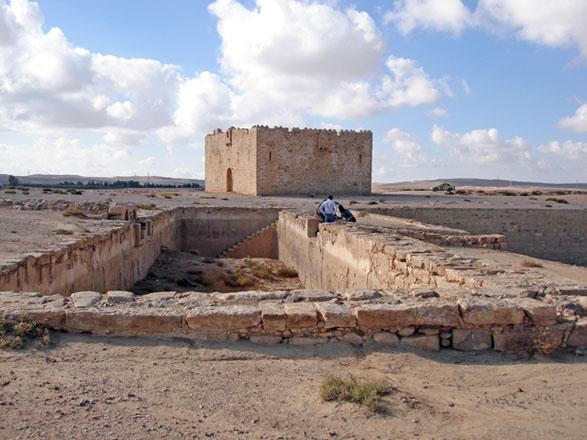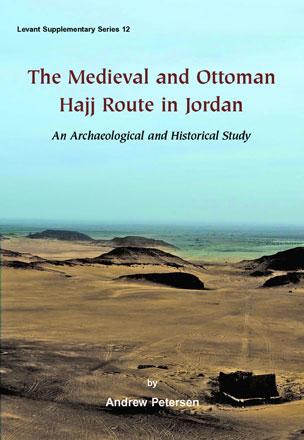You are here
Scholar details Hajj journey of hafiz Evliya Celebi
By Saeb Rawashdeh - Oct 29,2022 - Last updated at Oct 29,2022

Whirling dervishes of the Gulshani Sufi order (Photo courtesy of Claudine Dauphin)
AMMAN — As a hafiz who recited the holy Koran by heart and was part of the clergy at the court of Ottoman Sultan Mehmet IV (1642-1693), and especially as a descendant of Ahmad Yasana, poet and Sufi mystic (1083-1166) who founded the first Turkish Sufi Order, Evliya Celebi (1611-1682), himself a member of the Gulshani Sufi Order, periodically left the Hajj caravan from Damascus to Mecca to visit Sufi shrines and the graves of Biblical prophets, thus confirming the links between Biblical prophecy and Sufism.
GIS-mapping of Celebi’s itinerary by archaeologist Claudine Dauphin, affiliate of Somerville College, Oxford, resurrected the network of roads and paths of local pilgrimages, which were offshoots of or interlocked with the standard Darb Al Hajj Al Shami.
“While the Hajj caravan travelled from Muzayrib to Dera’a, Celebi visited at Bosra Al Soghra the maqam of Hazrat Al Yasa Bin Akhtum, the Biblical Elisha, friend and disciple of the prophet Elias. After rejoining the caravan at Kutaiba, he made an excursus to the Djolan to pray at the maqam of Sheikh Sa’adiya, a companion of the prophet Ayyub (Job), and in neighbouring Nawa, at Hazrat Ayyub, Job’s grave itself, visited by Christian pilgrims since the 4th century, as were the graves of the patriarchs in Khalil [Hebron],” Dauphin underlined.
When the Hajj caravan reached Qatrana, Celebi could not miss the opportunity to travel westwards to the Karak Castle, where he visited the nearby grave of the great Sufi Sheikh Shuja, noted Dauphin in a recent interview with The Jordan Times.
Meanwhile, the pilgrims had moved on southwards on the Hajj road, to Tabut Menzel where Celebi joined them, noting that there was neither village nor town at future Al Hasa — only the grave of the mystic poet Celaleddin of the Khalwatiya Dervish Sufi brotherhood, which promoted asceticism and retreat, Dauphin said, adding that while the pilgrims drank the waters flowing from the mountains of Khalil Al Rahman, danger of Bedouin attacks intensified as the caravan penetrated further into the desert.
“The Amir Al Hajj carefully organised defence, dividing the pilgrims into 12 convoys, placing the cavalry in front, the skirmishers and local volunteers behind them, the soldiers covered by their iron shields advancing in waves and the sounds of the riders mingling with that of the pilgrims and of the music of the Ottoman forces resounding like rumbling thunder echoed by the surrounding mountains for eight hours until ‘Unaiza’, described by Celebi as ‘a vast desert’ — as the fort had not yet been built,” she highlighted.
Furthermore, the Wahidat and Bani Zuhd Bedouin tribes assembled there to negotiate with the Amir Al Hajj regarding their tasks as guides and protectors of the pilgrims against securing the Sürre (Purse), Dauphin said.
“On alternating sandy orstony roads for 11 hours, the pilgrims reached Qala‘at Ma‘an surrounded by gardens, orchards and palm groves. The fort was devoid of governor or guards, as these had been killed by Arabs, who then occupied it,” Dauphin said, adding that Celebi carefully noted the rebellious character of the inhabitants of Ma‘an, controlled by the Ottomans by threat of prison or beheading.
“It was only out of fear that the Arabs of Ma‘an contributed 2,000 camels to serve the pilgrims’ caravan for a small fee from Ma‘an to Al Ula in Hijaz,” Dauphin noted.
According to Celebi, the most dangerous and terrifying portion for the pilgrims was “Aqabat ash-Shamiyya” (Fassu’a), as “its rugged slope, barren and desolate, with rocks extending to the sky, in between which each pilgrim had to disembark, carefully pulling his camel, so that the caravan did not present a united front, was ideal terrain for a Bedouin attack. To protect the pilgrims, the Amir Al Hajj distributed all the janissaries guarding the caravan with their flags flying on the summits and between the lanes which could be ambushed”, Dauphin said. Ten hours later, the caravan reached Al Mudawwara, the last stop-over in Jordan: An empty fort under the shadow of a massive rock, symbolising for Celebi the Sufi, “the making of God and his pure power”, according to his travelogue (Seyâhatnâme).
Related Articles
AMMAN — An ardent Ottoman traveller from the 17th century, Evliya Celebi, left a valuable account on the Hajj pilgrimage route and way stati
AMMAN — Before large-scale development and air travel, the Hajj pilgrimage routes comprised mostly of dirt roads, but according researchers,
AMMAN — Despite the abundance of historical resources, the research on caravanserais in Jordan has been overlooked by scientists, according

















